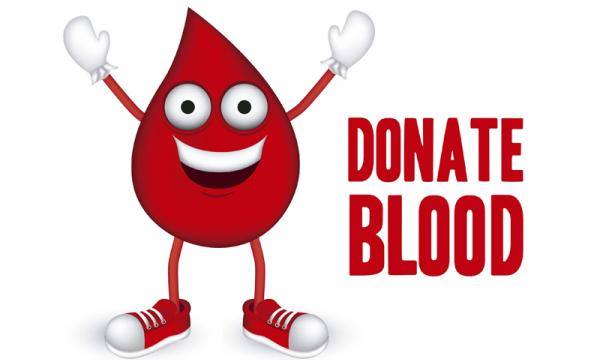Certain chronic diseases like cancers, as well as emergency conditions like fatal accidents, ectopic pregnancy among others usually require that patients are given unit(s) of blood components for their survival. Mostly a part of the blood such as packed red blood cells, fresh frozen plasma are given to such patients. These blood components are derived from whole blood that blood donors give. These whole blood are processed in the laboratory to get the blood components that are transfused to patients who require them. Indeed, blood donation is life saving.
Aside blood donation being life-saving to patients, donors also stand the chance of several benefits. The modern day act of blood donation has itself evolved from an ancient therapeutic act of blood-letting. In ancient times, this technique was used in curing many of men’s ills. The benefits of blood letting has not been disputed in modern days. In particular, some research have found that blood donation or phlebotomy may educe people’s oxidative stress, risk of developing cardiovascular disorders and reduction in iron concentration. See this publication for example.
These benefits may not necessarily be true in blood donors of all ages. In teenagers, there has been demonstrated increased risks of developing iron deficiency anemia. In a recent study, researchers found that age 16 to 18 years was an independent risk factor for developing iron deficiency anemia among blood donors. Iron is the central atom for heme proteins such as hemoglobin and myoglobin. Hemoglobin is needed for transporting oxygen to tissues. As teenagers are usually involved in such activities that demand the supply of high amounts of oxygen such as various sports activities, they may require higher amounts of these heme proteins. After donating blood, if they do not take in adequate iron containing food, they are likely to develop iron deficiency.
Blood donation is a life saving act with many benefits to the donor and recipients of the blood alike. In addition it poses minimal risks to the donor compared to the benefits. Such an act should be encouraged, although precautionary measures should be put in place, especially when it involves teenage donors.
